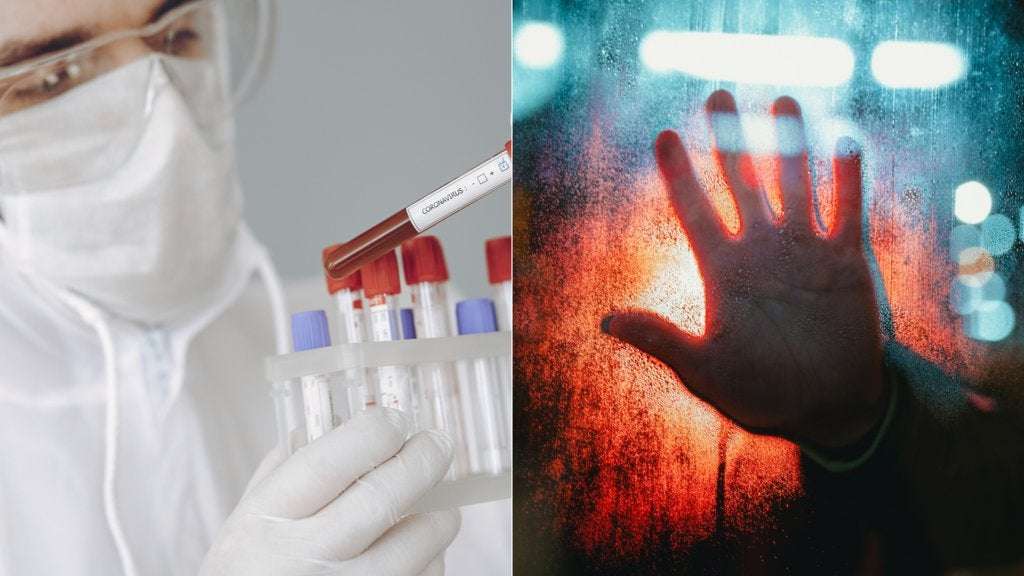In an open letter to the World Health Organisation, 239 scientists from 32 countries have outlined evidence that coronavirus is airborne.
The scientists plan to publish their letter in a scientific journal in the coming months but extracts have already leaked to the New York Times and other media outlets.
The WHO has said that coronavirus is spread through respiratory droplets, expelled when infected people sneeze or exhale.
These droplets could be spread on surfaces or carried short distances.
In their letter, the scientists outlined evidence that even smaller particles are infecting people.
The scientists say they think the virus can linger in the air for long periods and float for several metres, infecting anyone nearby.
Watch scientists create human cells with squid-like transparency below
Your cookie settings are preventing this third party content from displaying. If you’d like to view this content, please adjust your Cookie Settings . To find out more about how we use cookies, please see our Cookie Guide.
If that’s true, it means coronavirus could spread through ventilation and air conditioning systems in businesses, schools, nursing homes and unit blocks.
It also means that buses and other confined spaces dangerous even when people stay 1.8 metres from one another.
Lidia Morawska, a professor of atmospheric sciences and environmental engineering at Queensland University of Technology in Brisbane is one of the scientists who wrote the letter.
“We are 100 per cent sure about this,” she told AAP.
Chevron Right Icon More from 7NEWS.com.au
In interviews, experts said that aerosol transmission appears to be the only way to explain several “super-spreading” events, including the infection of diners at a restaurant in China who sat at separate tables and of choir members in the US state of Washington who took precautions during a rehearsal.
Jose Jimenez, a University of Colorado chemist who signed the letter, said the idea of aerosol transmission should not frighten people.
“It’s not like the virus has changed,” he said.
“We think the virus has been transmitted this way all along, and knowing about it helps protect us.”
With Richard Read, Los Angeles Times in Seattle via AAP

thebrownsugar28 on July 5th, 2020 at 11:23 UTC »
WHO has been playing semantics with the term "airborne" since the beginning of this thing. I know it's scient but sometimes they let being technically correct get in the way of what's actually happening on the ground.
Smuggling_Bacon on July 5th, 2020 at 10:58 UTC »
We knew this from the wuhan apartment elevator back in Feb.
HbRipper on July 5th, 2020 at 10:43 UTC »
Wow, I thought we knew that in February